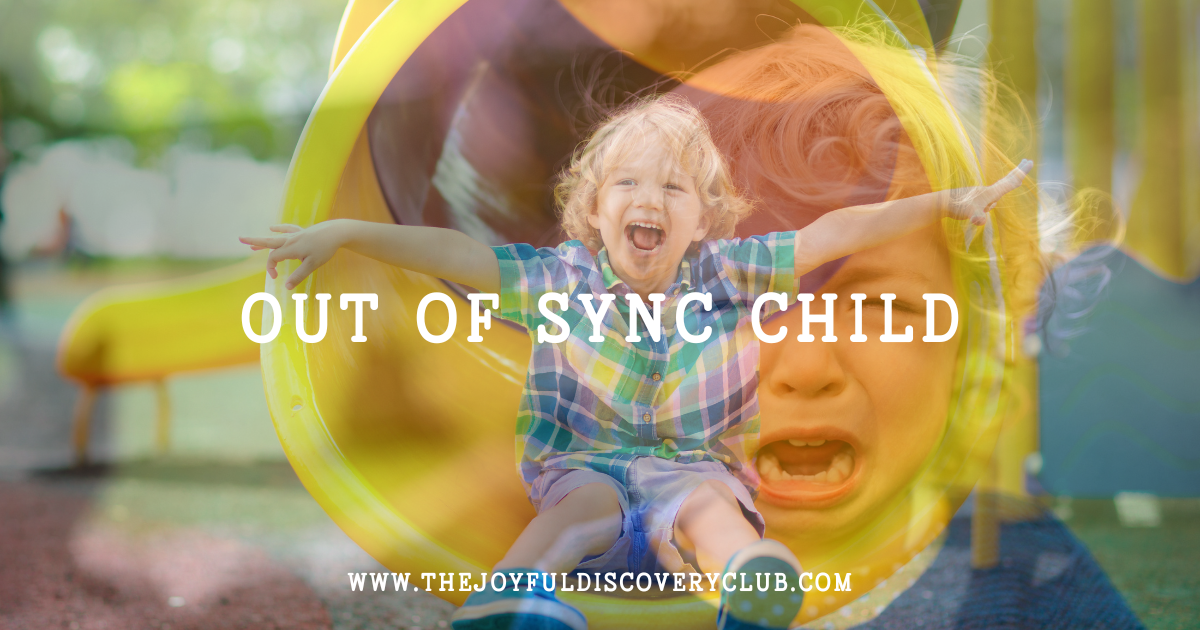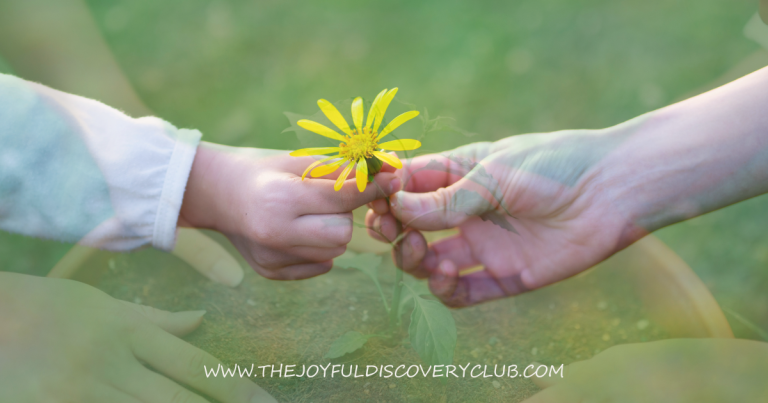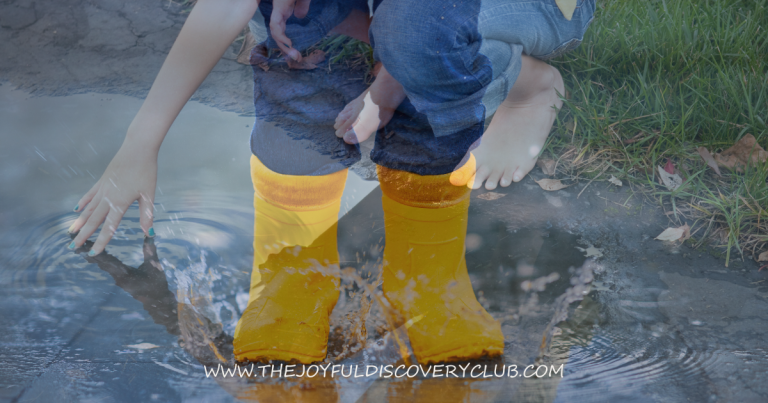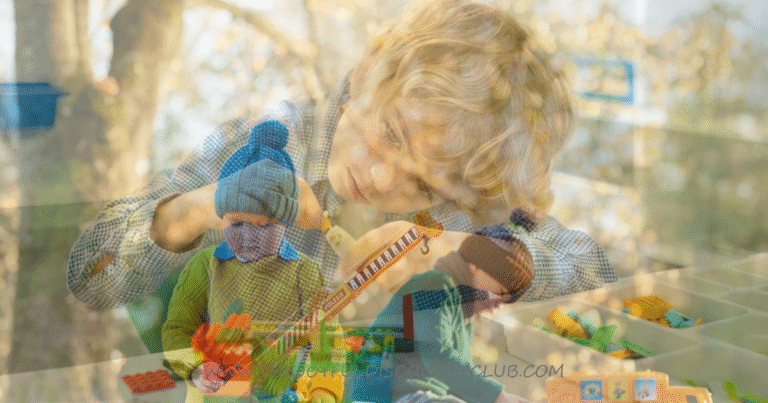The Impact of ‘The Out of Sync Child’ on Parenting Special Needs
My journey researching special needs in kids started in 2007 when I came across ‘The Out of Sync Child‘; it became my best friend. I laughed so loud at some points as I identified with them, but I also cried many, many tears as I realised what my child was facing on a day-to-day basis.
Heads up: This post contains affiliate links. If you make a purchase, I may earn a small commission at no extra cost to you. I only recommend products I genuinely love and think will add value to your child’s learning journey.
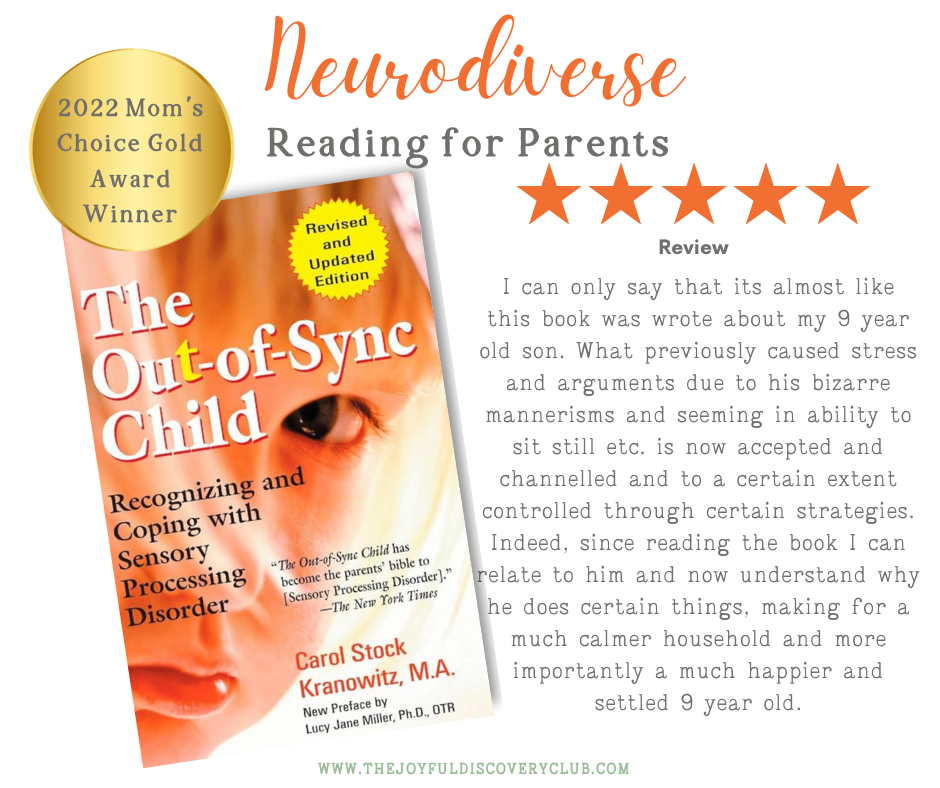
In my day, it wasn’t available on Audible. Thank goodness it is now for the busy mom! You can take out a month’s free trial and get the book for free.
I also cried with relief for all those times when people judged my parenting skills and questioned my ability to cope with motherhood. They were wrong! I was wrong; I should never have let them get into my head and allow me to doubt myself and lose confidence. I was a good mother, doing my best to catch a curveball that had been thrown my way.
I smiled knowingly that everyone who stared at my child while she was having a meltdown and muttered ‘spoilt brat’ or ‘naughty child’ had got it SO wrong.
The book gave me the confidence to stand by what I believed: my child was different. A blessing. An absolute ‘my’ life changer. I have grown so much as a person in understanding, patience and knowledge, and I am truly thankful for that.
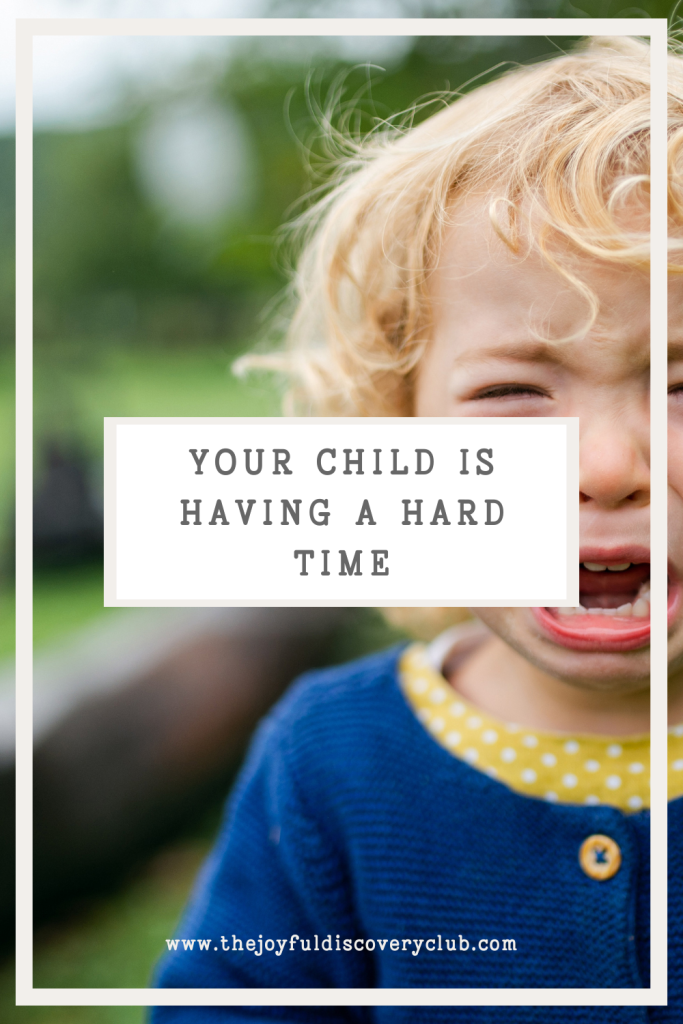
SPD is different for every child. Some will shy away from sensory experiences, and some may seek them out. Some may have an intense fear of mud, and some may roll around in it. Some may sit in a corner, hiding away from everyone, and some may dance and bump into everyone they meet. If you would like to learn more on SPD, I highly recommend reading The Out of Sync Child.
Why “The Out of Sync Child” Stands Out
Way back in 2007, when I first read it, I could tell this book was going to be a winner, and earning the Gold Winner Award, “The Out of Sync Child” has proven itself as a must-read for anyone involved with sensory-challenged children. It is easy-to-understand advice, and actionable strategies can transform your approach to helping your child thrive. With this recognition, there’s no doubt that this book is a reliable guide to learning about sensory integration issues.
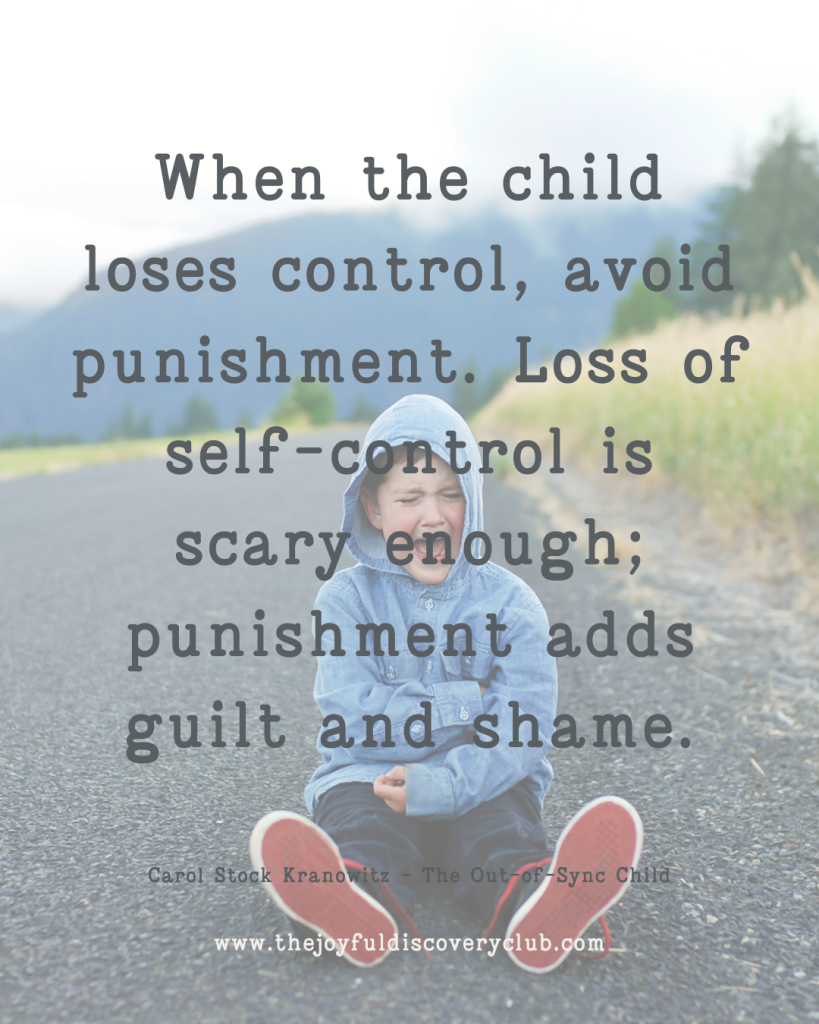
birds books to read burnout collecting nature Colouring gentle parenting hands-on learning indoor activities for kids maths mindful learning neurodiversity outdoor activities for kids overwhelm permission slip places to visit puddles rain school issue shows to see spd unschooling

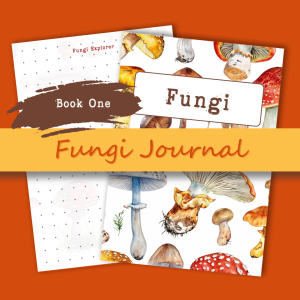 Fungi Journal Book 1
Fungi Journal Book 1 